Why Is Human Resources Important? 8 Top Reasons
AIHR
AUGUST 9, 2023
HR is a department within an organization that deals with various aspects of employee-related matters. In the past, many organizations saw HR as a function to hire, fire and protect against compliance risk. To achieve this, the HR department is crucial in creating a positive work environment that maximizes employee productivity.

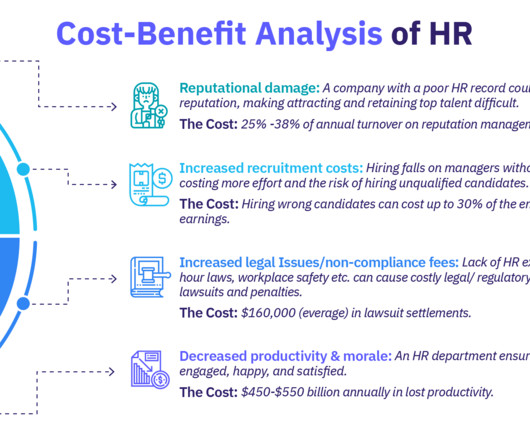
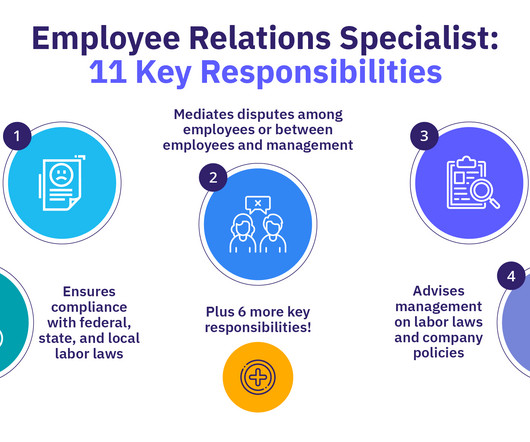
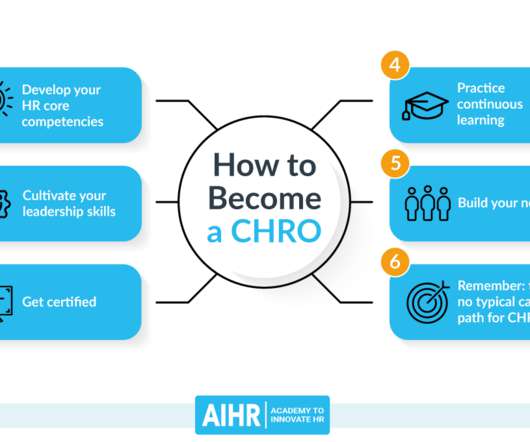
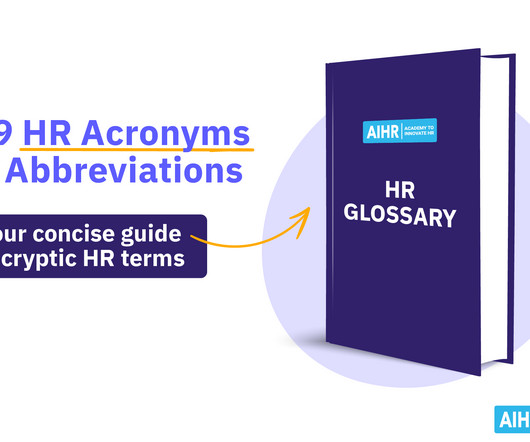
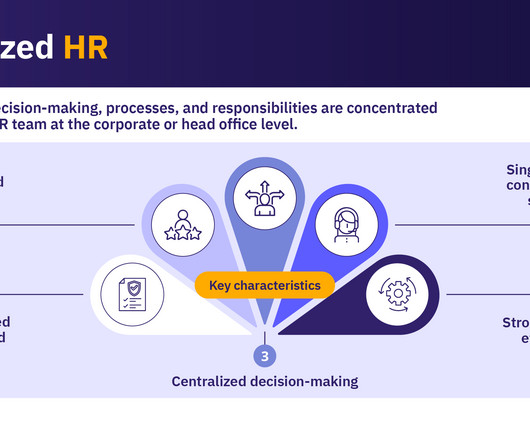






Let's personalize your content